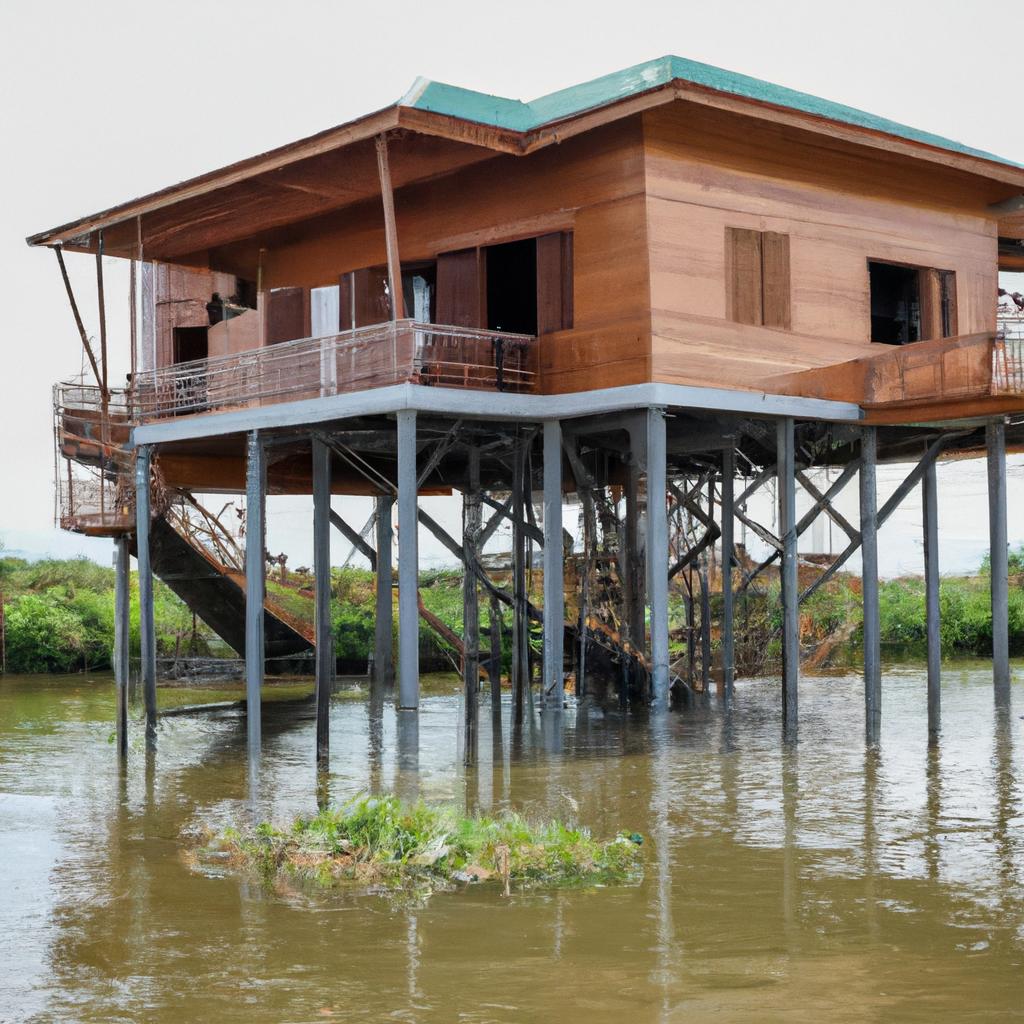Living in a house in the river is a dream come true for many people. The idea of waking up to the sound of flowing water and being surrounded by nature is enchanting. However, before you start packing your bags and moving to your dream home, it’s essential to understand the pros and cons of living in a house in the river.
Definition of a House in the River
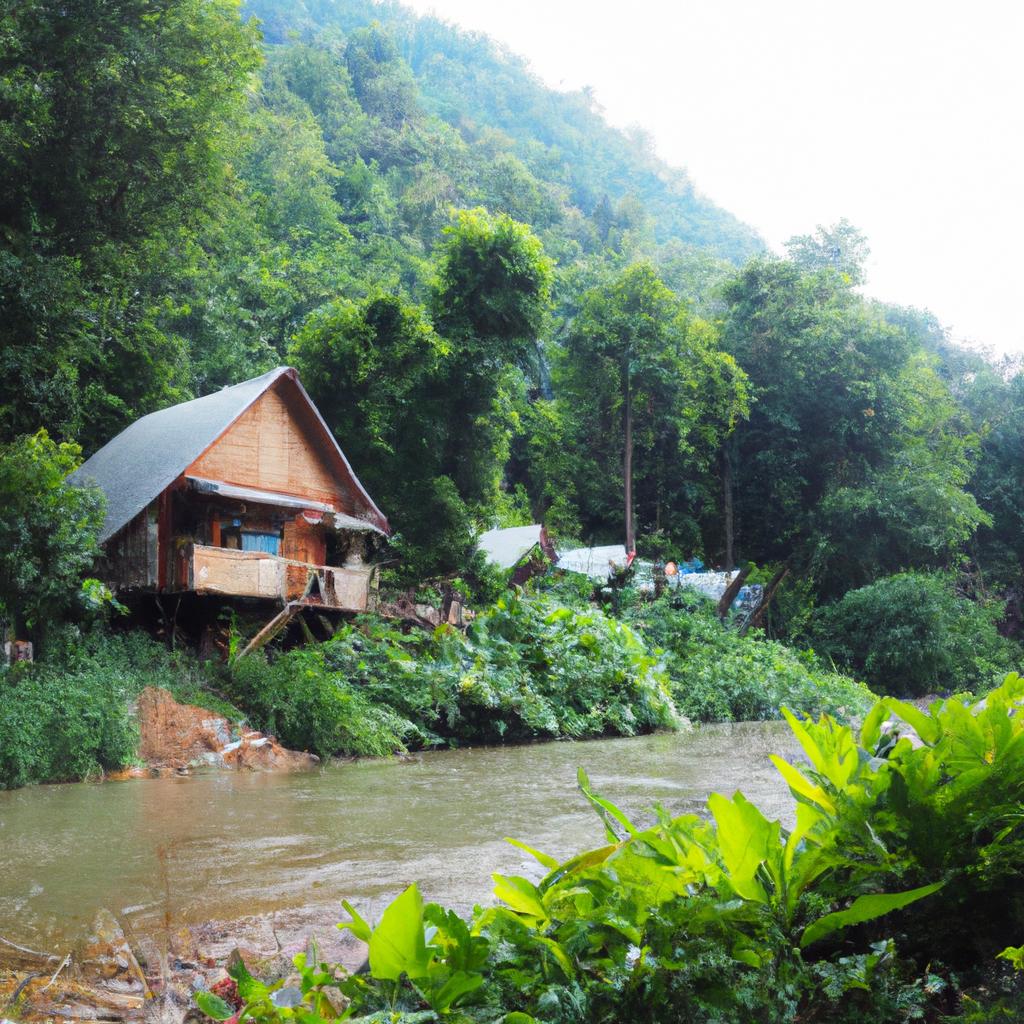
A house in the river, also known as a river house, is a home built over or beside a river. These homes are designed to blend in with nature and offer a unique living experience. They are usually made of materials that can withstand water and weather conditions such as wood, stone, and brick.
Brief History and Cultural Significance of River Houses
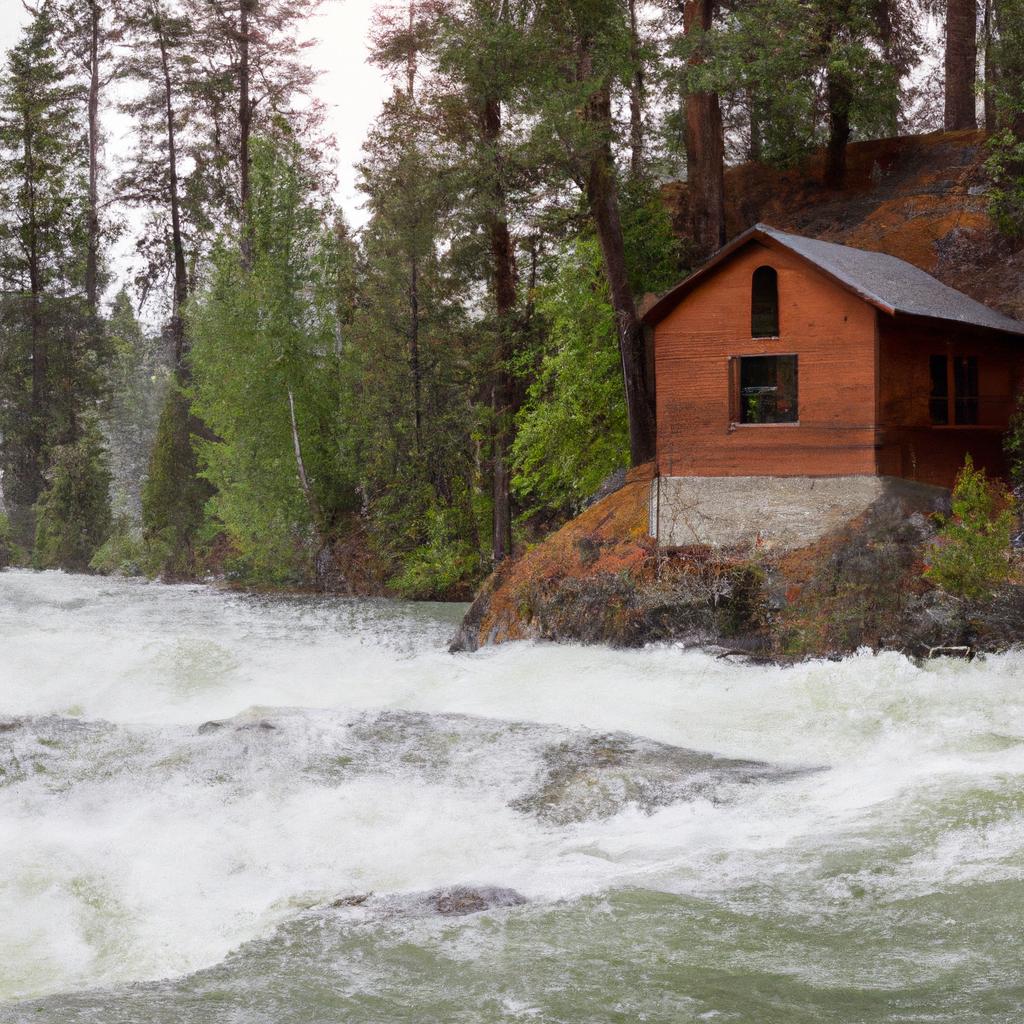
River houses have been around for centuries. In ancient times, people built their homes near rivers because they provided a source of water for drinking, cooking, and washing. Rivers also offered a means of transportation, trade, and communication.
In many cultures, rivers are considered sacred and are associated with spiritual and religious beliefs. River houses are often built in locations that have historical or cultural significance.
The Popularity of River Houses in Modern Times
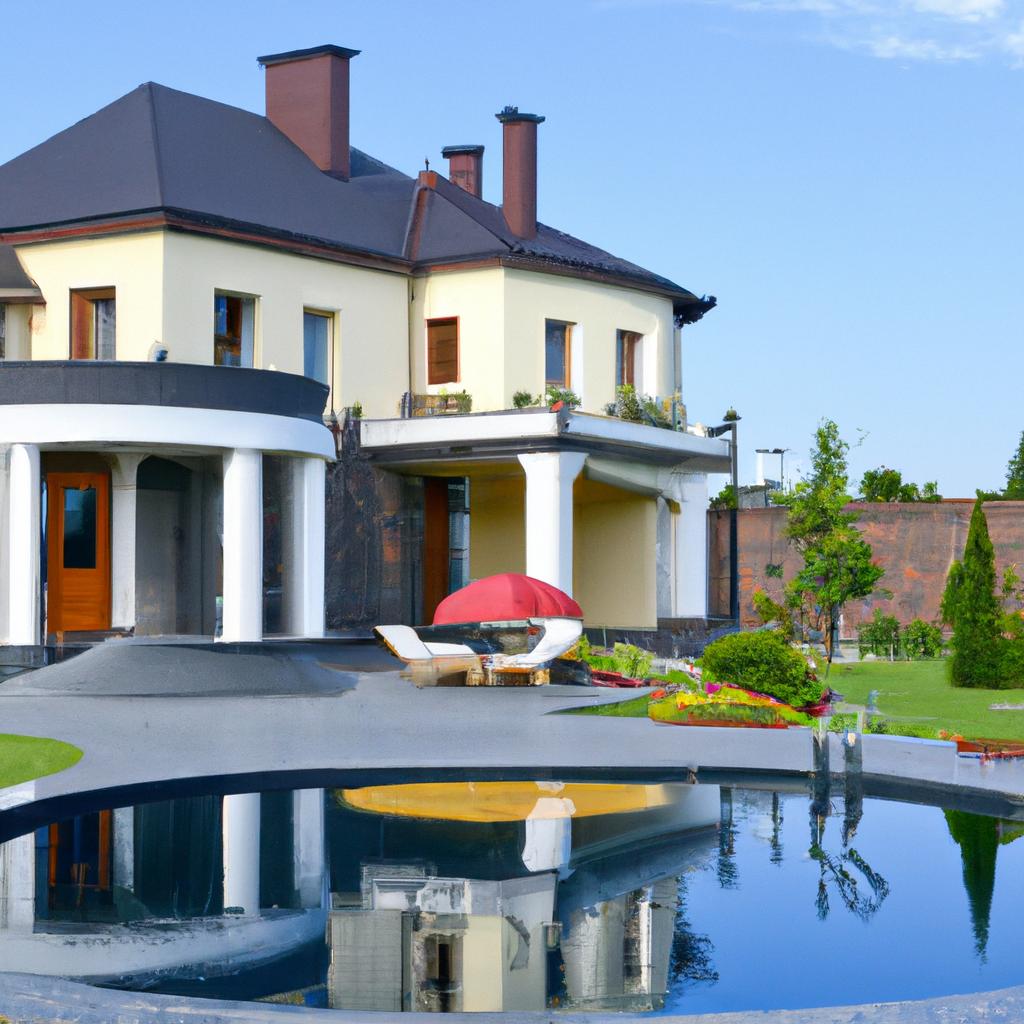
In recent years, river houses have become increasingly popular. Many people are drawn to the peaceful and tranquil living environment that river houses offer. They are also attracted to the stunning views and scenery that come with living near a river.
River houses are also popular among those who enjoy water activities such as fishing, kayaking, and swimming. They offer easy access to the water and provide a perfect location for outdoor recreation.
Importance of Understanding the Pros and Cons of Living in a House in the River
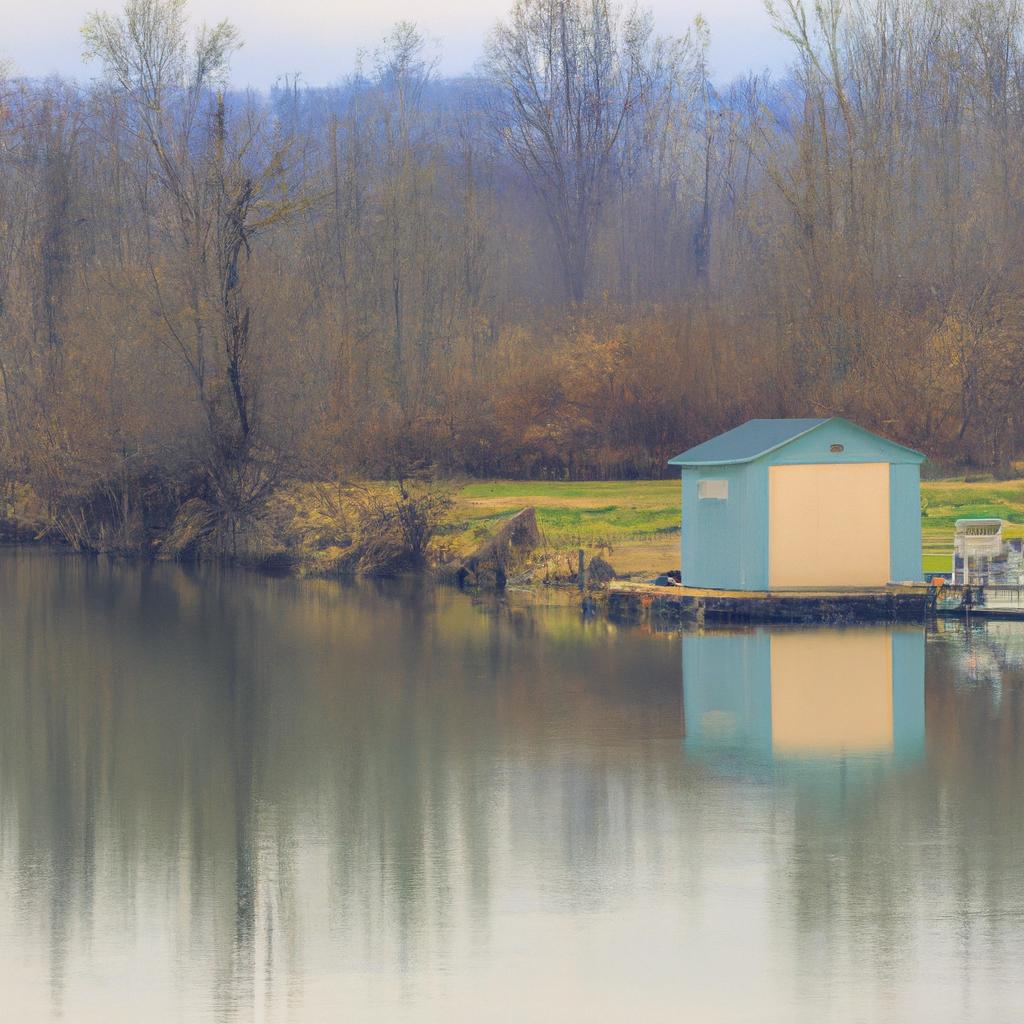
While living in a house in the river can be a dream come true, it’s important to understand that it comes with its own set of challenges. Flooding, natural disasters, and limited accessibility are just a few of the potential drawbacks.
It’s crucial to weigh the pros and cons carefully before making a decision. By doing so, you can ensure that your dream home doesn’t turn into a nightmare.
Advantages of Living in a House in the River
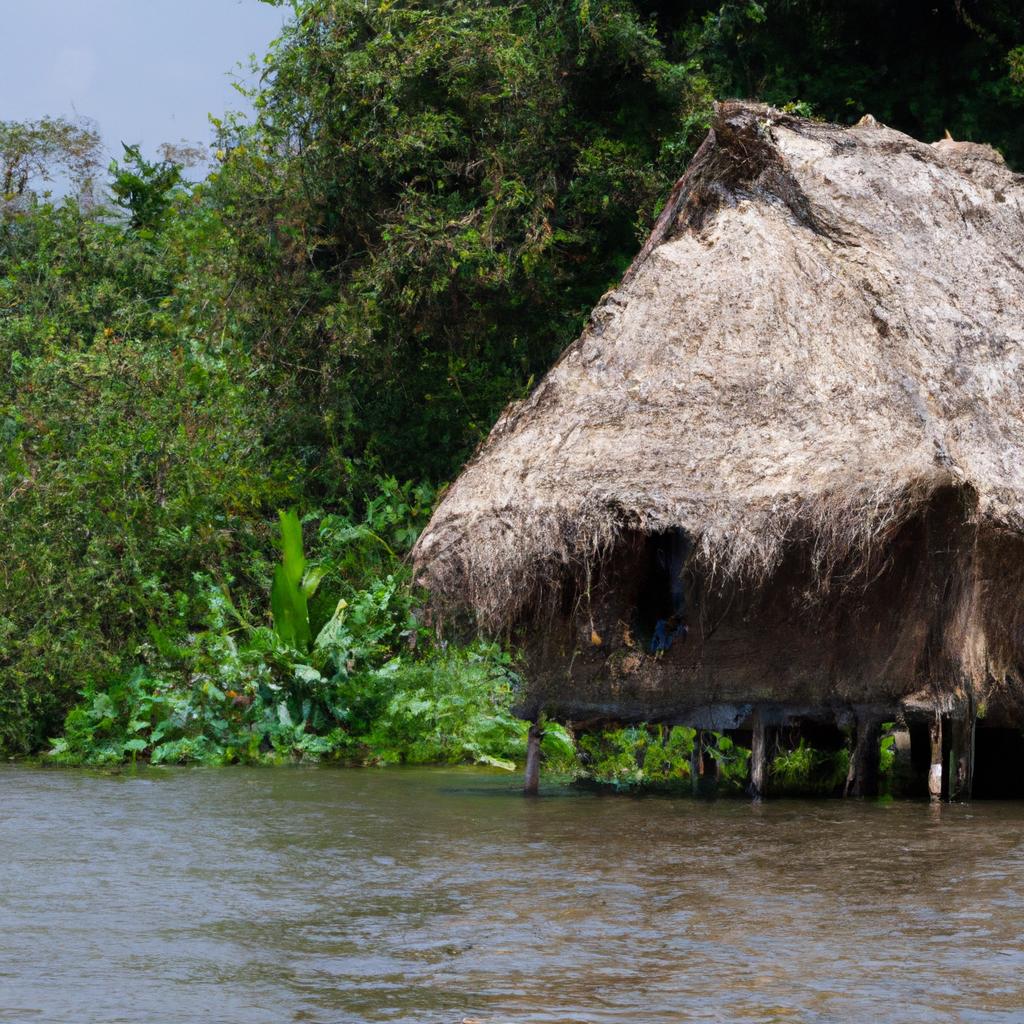
Living in a house in the river offers many advantages that make it an attractive choice for homeowners. Here are some of the benefits of living in a river house:
Stunning Views and Scenery
One of the main advantages of living in a house in the river is the beautiful views and scenery. You can enjoy breathtaking views of the water, mountains, and wildlife from the comfort of your own home. The ever-changing landscape and the sounds of the flowing water can be both relaxing and inspiring.
Access to Water Activities
Living in a house in the river provides easy access to various water activities such as fishing, kayaking, and swimming. You can enjoy these activities without having to travel far from your home. It’s a perfect location for outdoor enthusiasts who want to stay active and enjoy nature.
Peaceful and Tranquil Living Environment
River houses are often located in quiet and secluded areas, away from the hustle and bustle of the city. This provides a peaceful and tranquil living environment that is perfect for those who want to escape from the noise and stress of modern life. The sound of the flowing water can be both soothing and therapeutic.
Privacy and Seclusion
Living in a house in the river offers a high level of privacy and seclusion. You can enjoy a quiet and peaceful living environment without having to worry about noisy neighbors or street traffic. The natural surroundings provide a sense of privacy and isolation that can be difficult to find in other types of homes.
Unique Architectural Design
River houses often have unique architectural designs that blend in with the natural surroundings. They are designed to maximize the stunning views and create a seamless connection between the indoors and outdoors. Living in a river house offers a one-of-a-kind living experience that is both unique and unforgettable.
Disadvantages of Living in a House in the River
Living in a house in the river comes with its own set of disadvantages. While the benefits may seem enticing, it’s essential to consider the potential drawbacks before making a decision. Here are some of the disadvantages of living in a house in the river:
Risk of Flooding and Natural Disasters
One of the biggest concerns of living in a house in the river is the risk of flooding and natural disasters. Rivers are prone to flooding, and when water levels rise, homes built on or near the river can be at risk of damage or destruction. Additionally, river houses can be vulnerable to other natural disasters such as landslides or mudslides.
Limited Accessibility and Transportation
Living in a house in the river can also mean limited accessibility and transportation. River houses are often located in remote areas, making it difficult to access essential services such as healthcare, groceries, and other amenities. Furthermore, transportation options may be limited, making it challenging to commute to work or travel outside of the area.
Higher Maintenance and Repair Costs
Maintaining a house in the river can be more expensive than maintaining a typical home. The constant exposure to water and weather conditions can cause wear and tear on the home’s structure and materials. Additionally, river houses may require special maintenance such as dredging or erosion control to prevent damage.
Limited Space and Storage
River houses are often smaller than traditional homes, which can mean limited space and storage. This can be challenging for families or individuals who require more space for living and storage. Additionally, river houses may not have access to city utilities such as water and sewer, which can further limit space and storage options.
Potential for Wildlife Encounters
Living in a house in the river can also mean encountering wildlife such as snakes, insects, and other animals. While many people enjoy being close to nature, it’s important to understand the potential risks associated with living in a river house. Wildlife encounters can be dangerous and require proper precautions to ensure safety.
Factors to Consider Before Buying or Renting a House in the River
If you’re considering buying or renting a house in the river, it’s essential to take various factors into account. Here are some critical factors to consider before making your decision:
Location and Surrounding Area
The location of the river house is crucial. You’ll want to consider factors such as the distance from your workplace or school, the availability of essential services such as hospitals and grocery stores, and the safety of the neighborhood.
Additionally, you’ll want to ensure that the surrounding area is suitable for your lifestyle. If you enjoy outdoor activities, you’ll want to make sure that there are plenty of opportunities for hiking, fishing, and other recreational activities.
Legal and Environmental Regulations
Before buying or renting a river house, you’ll need to ensure that you’re complying with all the legal and environmental regulations. You’ll want to research zoning laws, building codes, and other regulations that may affect your property.
You’ll also want to consider the environmental impact of living in a river house. You’ll want to make sure that you’re not harming the environment or endangering any wildlife.
Flood Risk and Insurance
Living in a river house means that you’re at risk of flooding. You’ll want to research the flood risk in the area and consider purchasing flood insurance to protect your property.
You’ll also want to ensure that your home is built to withstand flooding and other natural disasters. It’s crucial to have a plan in place for emergencies and to ensure that you’re prepared for any potential disasters.
Cost and Budget
River houses can be expensive, and it’s essential to consider the cost and budget before making your decision. You’ll need to factor in the cost of the property, maintenance, repairs, and insurance.
You’ll also want to consider your budget and ensure that you can afford the monthly mortgage or rent payments. It’s crucial to have a clear understanding of your financial situation before making any decisions.
Personal Lifestyle and Preferences
Finally, you’ll want to consider your personal lifestyle and preferences. Are you willing to sacrifice convenience for the beauty and tranquility of a river house? Do you enjoy outdoor activities and water sports?
It’s crucial to consider your preferences and lifestyle before making any decisions. By doing so, you can ensure that you’re making the right choice for yourself and your family.
Tips for Making the Most of Living in a House in the River
Living in a house in the river offers a unique lifestyle that requires some adjustments. Whether you’re a new homeowner or have been living in a river house for years, there are several tips you can follow to make the most of your living experience.
Preparing for Natural Disasters and Emergencies
Living near a river means being prepared for natural disasters such as floods, hurricanes, and storms. It’s essential to have an emergency plan in place and be aware of the risks associated with living in a river house.
Make sure you have flood insurance and consider investing in a backup generator and emergency supplies such as water, food, and first aid kits.
Choosing Appropriate Home Decor and Furniture
When it comes to decorating your river house, it’s important to choose items that can withstand water and moisture. Avoid using materials such as leather, silk, and suede, which can be easily damaged by water.
Opt for furniture and decor made of water-resistant materials such as wicker, rattan, and teak. You can also add a pop of color by incorporating outdoor rugs, throw pillows, and cushions.
Maximizing Outdoor Space and Amenities
Living in a river house means having access to the great outdoors. Take advantage of your outdoor space by creating a garden, installing a fire pit, or setting up a hammock.
Consider adding amenities such as a hot tub, grill, or outdoor kitchen to make your outdoor space even more enjoyable.
Maintaining a Clean and Safe Living Environment
Living near a river can come with some challenges, such as pests and wildlife. It’s important to keep your home clean and free of clutter to avoid attracting unwanted visitors.
Make sure to regularly inspect your home for any damage or wear and tear, and address any issues promptly to ensure your home remains safe and secure.
Embracing the River Lifestyle and Community
Living in a river house offers a unique lifestyle that revolves around nature and community. Embrace the river lifestyle by participating in water activities, exploring the surrounding area, and connecting with your neighbors.
Join local river cleanup efforts, attend community events, and get involved in local organizations to build a strong, supportive community. By doing so, you’ll not only enhance your living experience but also make a positive impact on the environment and the community.
Conclusion
In conclusion, living in a house in the river can be a wonderful experience, but it’s important to understand the pros and cons. The stunning views, access to water activities, and peaceful living environment are just a few of the advantages. However, the risk of flooding and natural disasters, limited accessibility, and higher maintenance costs are potential drawbacks.
Before making a decision to buy or rent a house in the river, it’s crucial to consider factors such as location, legal and environmental regulations, flood risk, and personal lifestyle. By keeping these factors in mind and following tips for making the most of living in a house in the river, you can ensure a safe and enjoyable living experience.
At TooLacks, we understand the appeal of living in a house in the river. That’s why we provide news and information about all things nature, gardening, and animals to help you make the most of your river lifestyle. Remember, living in a house in the river can be a dream come true, but it’s important to approach it with caution and careful consideration.
